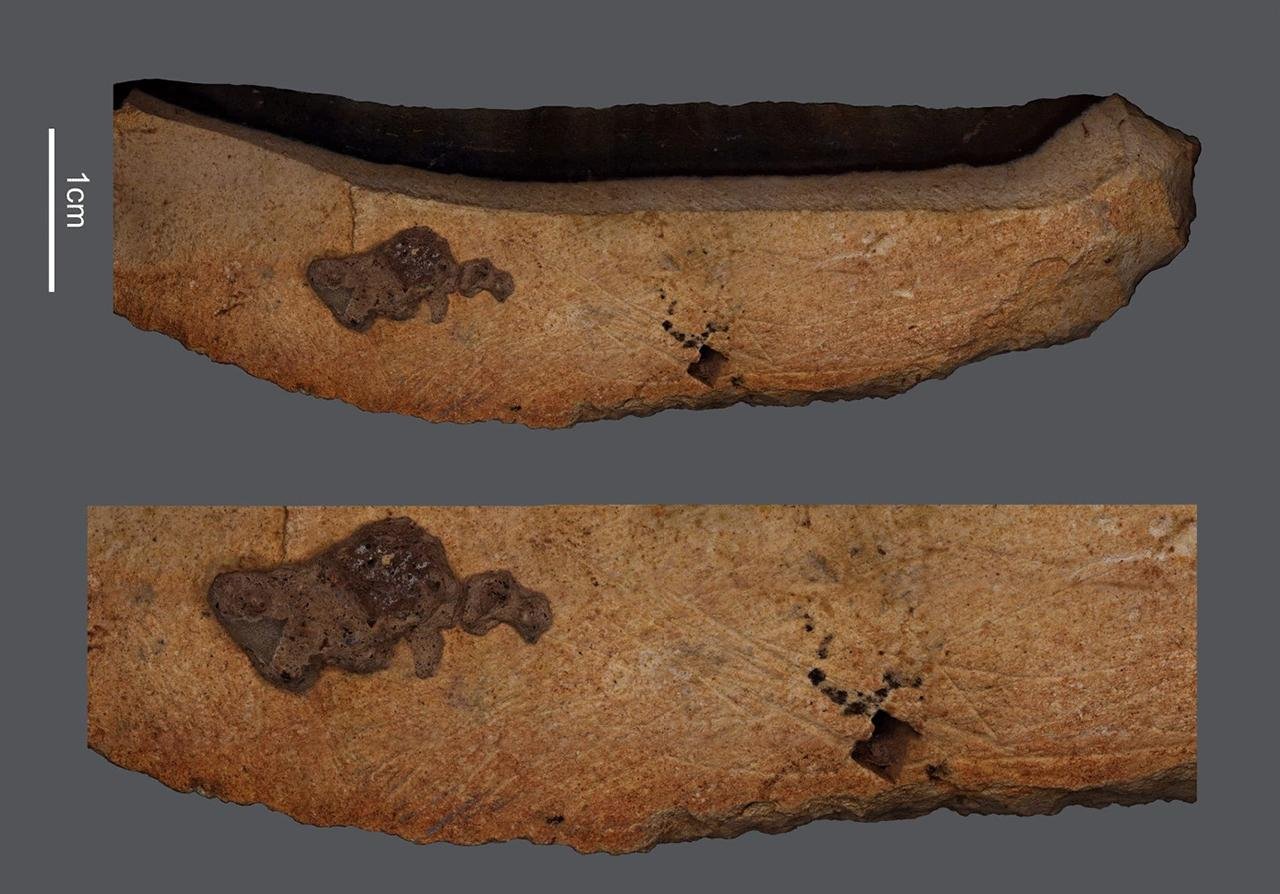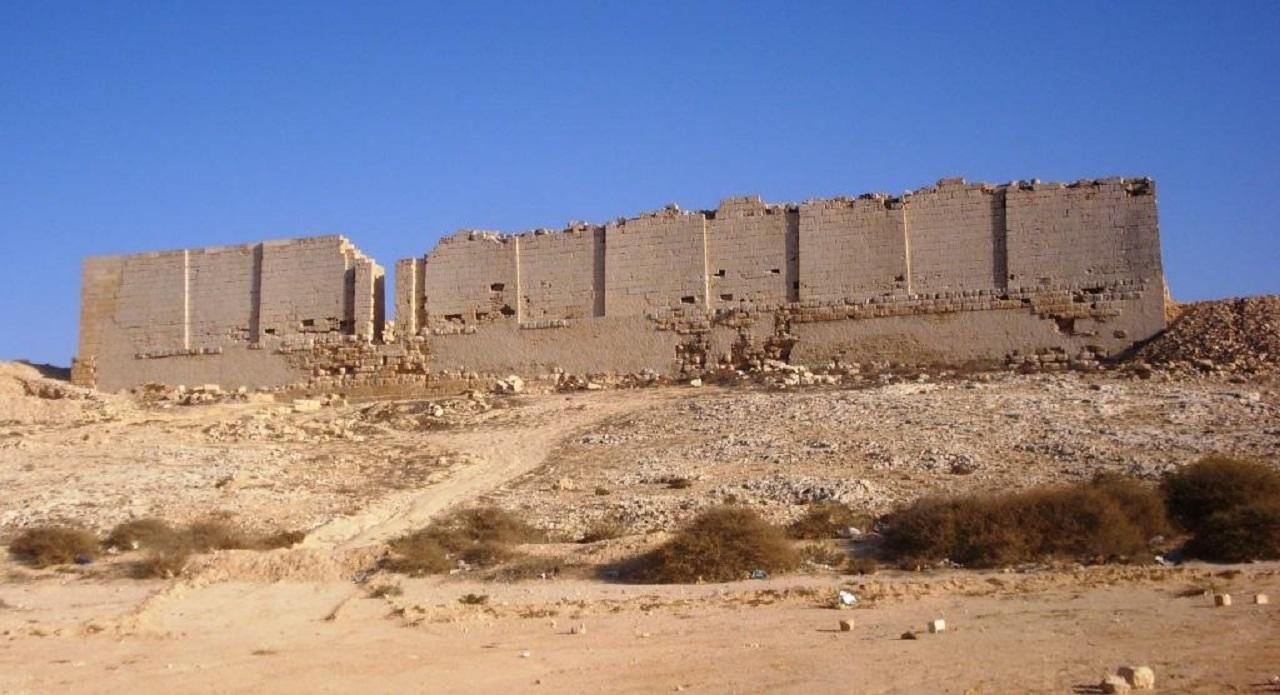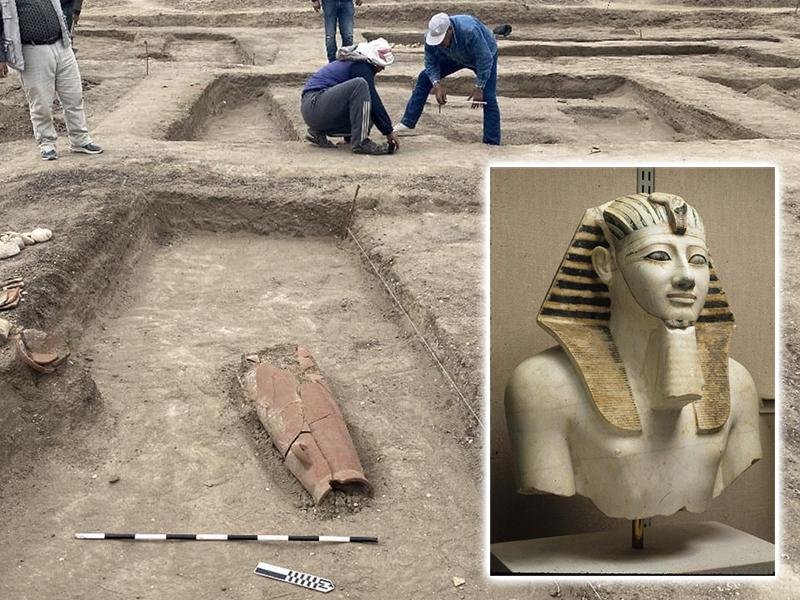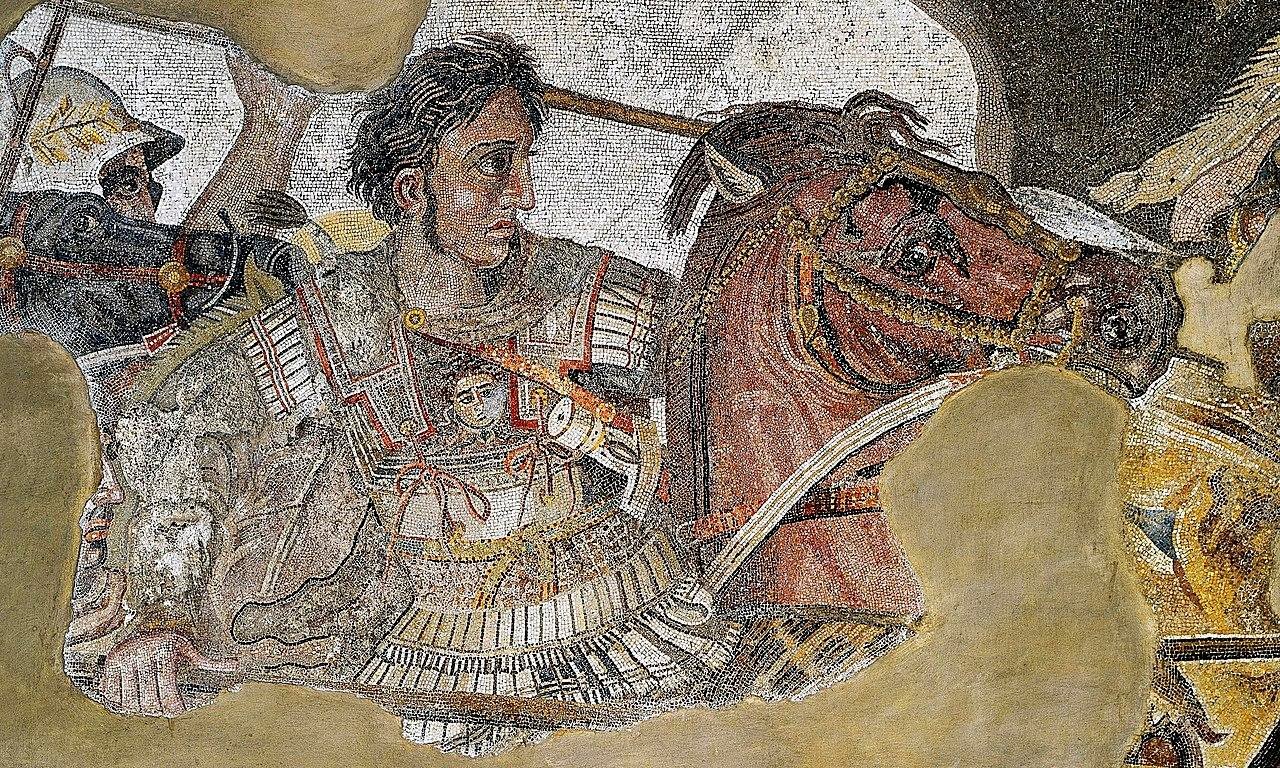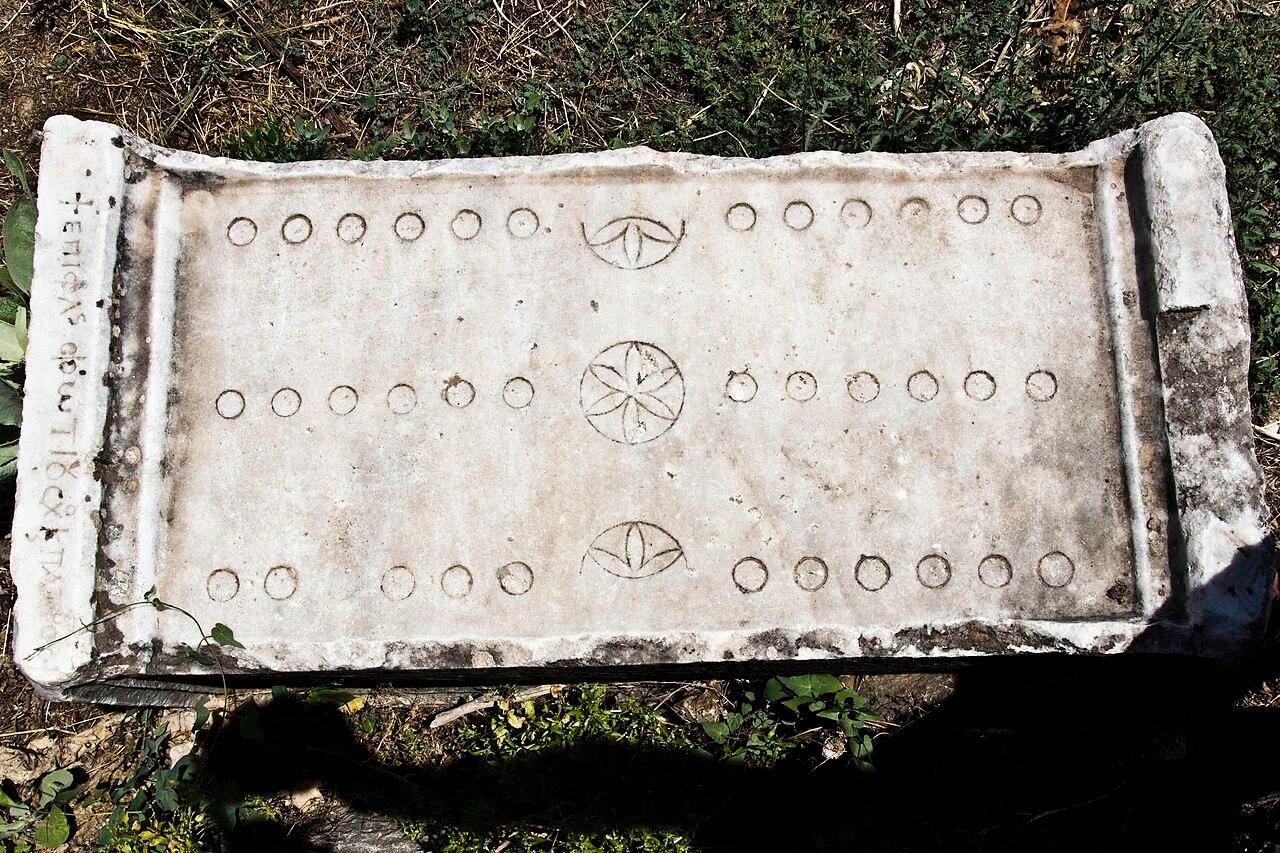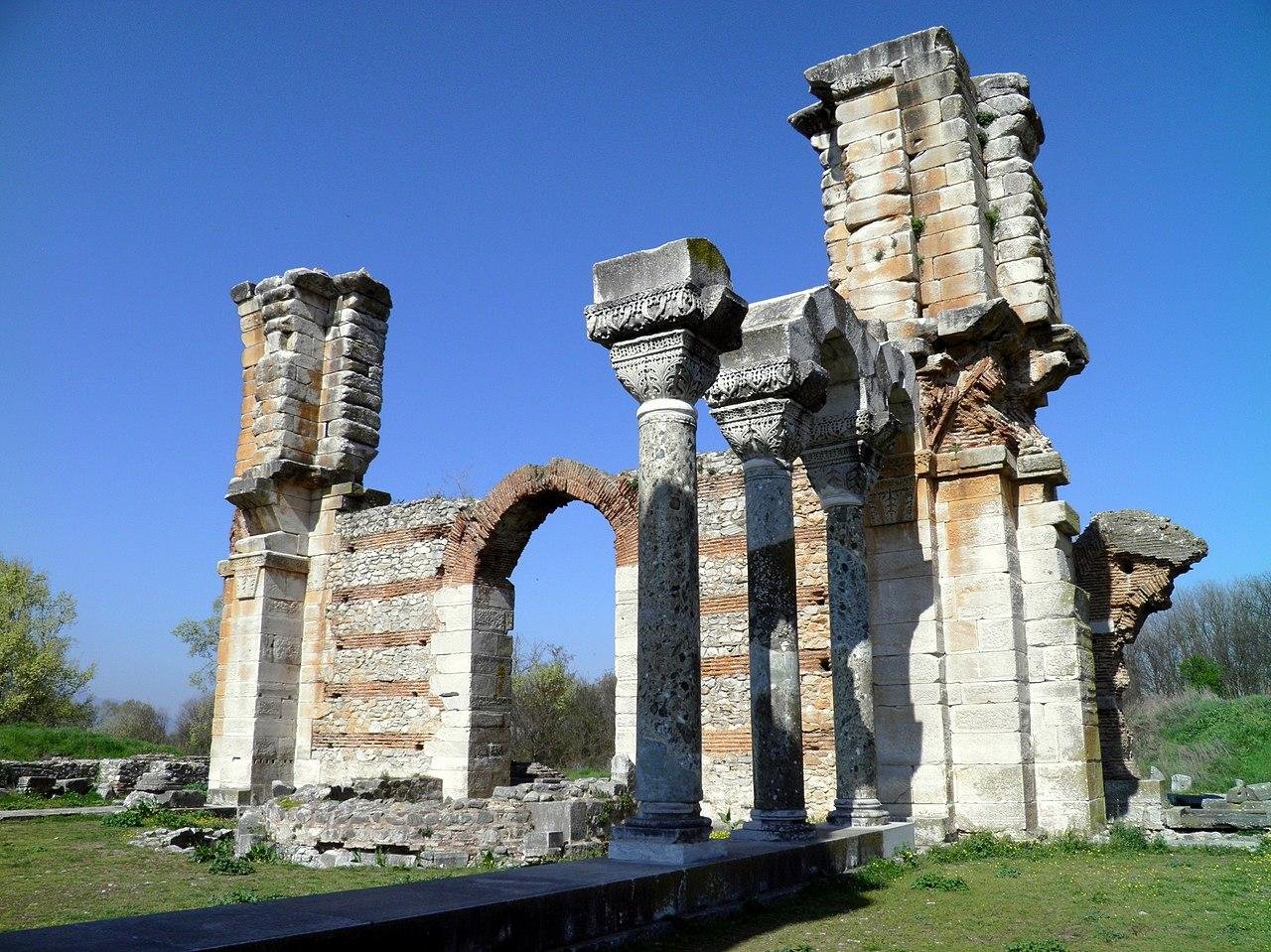Archaeological surveys in Xunyang City, in Ankang, Shaanxi province, have revealed the origins of the mercury found in the Mausoleum of Qin Shi Huang.
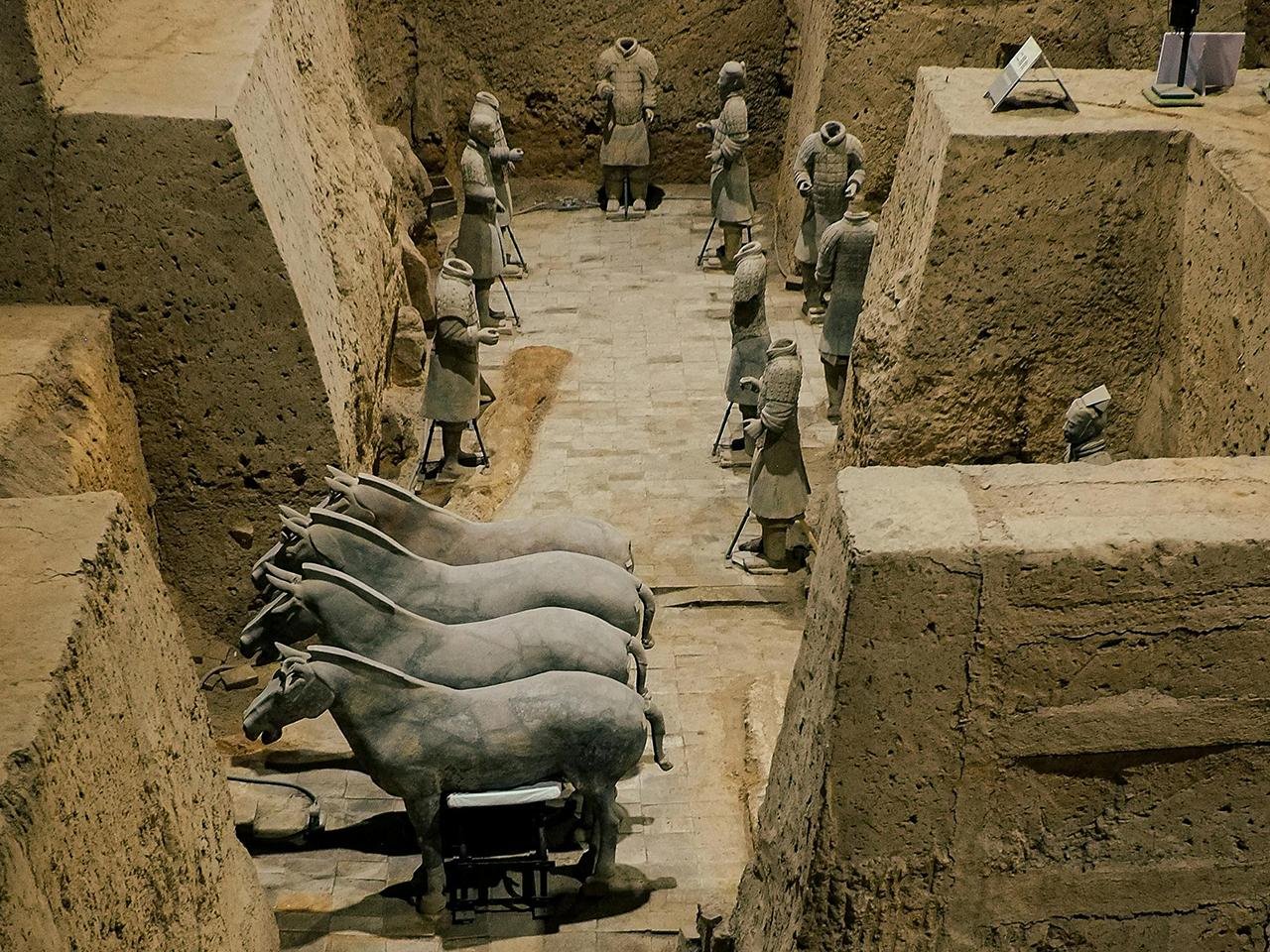 Tomb of the First Emperor Qin Shi Huang Di, Xi’an, China. Credit: TonyNojmanSK
Tomb of the First Emperor Qin Shi Huang Di, Xi’an, China. Credit: TonyNojmanSK
Qin Shi Huang, China’s first emperor, is renowned for uniting China and for having commissioned a gargantuan burial site, a complex that took 38 years to build with 700,000 workers. The latest research suggests that the mercury in the emperor’s tomb could have come from Xunyang’s mines of cinnabar, an area with a longstanding mining and smelting history.
The Mausoleum of Qin Shi Huang, in Xi’an’s Lintong District, has fascinated researchers and historians for centuries. The Historical Records of the Grand Historian, by Sima Qian, mentions in detail the interior of the tomb as having a colossal map of China’s seas and rivers built with liquid mercury, depicting the domain of the emperor. A study conducted in 2016 recorded high mercury concentrations in and around the mausoleum, far exceeding the regional norm, supporting claims from historical texts.
According to China Times, Archaeologists have been treading a path that leads them to cinnabar, a mercuric sulfide ore, mined and smelted in ancient times, in their quest to trace the mercury to its source. In a survey recently conducted in Xunyang, three significant locations—Shimiaogou, Chuantangping, and Guojiawan—ᴀssociated with cinnabar mining and trading have been discovered. All three locations, in the valley of the Shengjia River, have yielded artifacts and cultural items dating from the Neolithic period to the Qing Dynasty, suggesting continued mining for centuries.
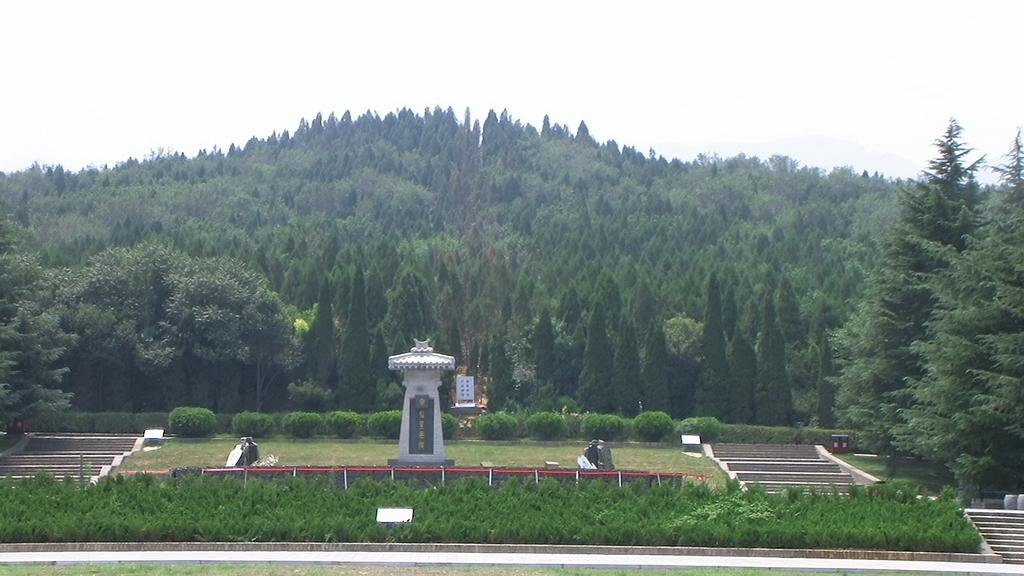 Emperor Qin Shihuang’s tomb. Credit: sylvannus, CC BY-SA 3.0
Emperor Qin Shihuang’s tomb. Credit: sylvannus, CC BY-SA 3.0
The Shimiaogou site, located near the Xunyang Qingtonggou cinnabar mining district, yielded artifacts such as Neolithic basket-motif ceramic sherds and Qin Dynasty rope-motif roofing tiles. These findings confirm the site’s role in cinnabar mining and processing during the pre-Qin and Han periods. Meanwhile, the Chuantangping and Guojiawan sites, which sit near transportation routes, exhibited signs of transporting cinnabar from the mines. Perforated stones, sand-tempered red pottery, and fired-clay blocks at these locations speak to the sophisticated networks of trade during the period.
The connection between Xunyang’s cinnabar mines and the final resting place of the emperor tells a lot about the ancient development of resources. The findings not only enhance our understanding of Qin Shi Huang’s burial complex but also detail how commercial networks and early mining technology supported monumental construction.
